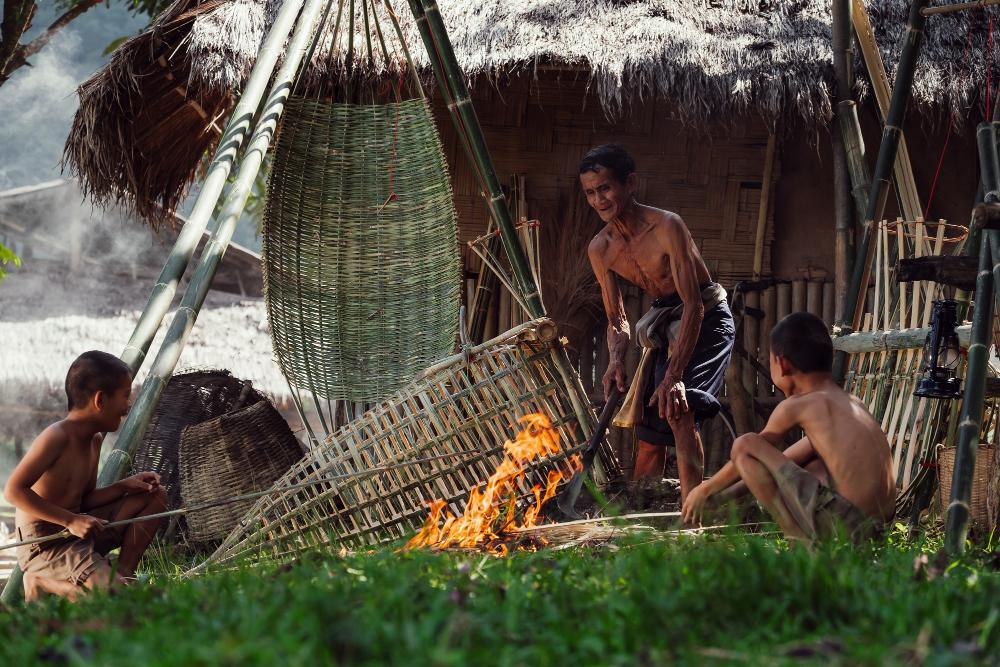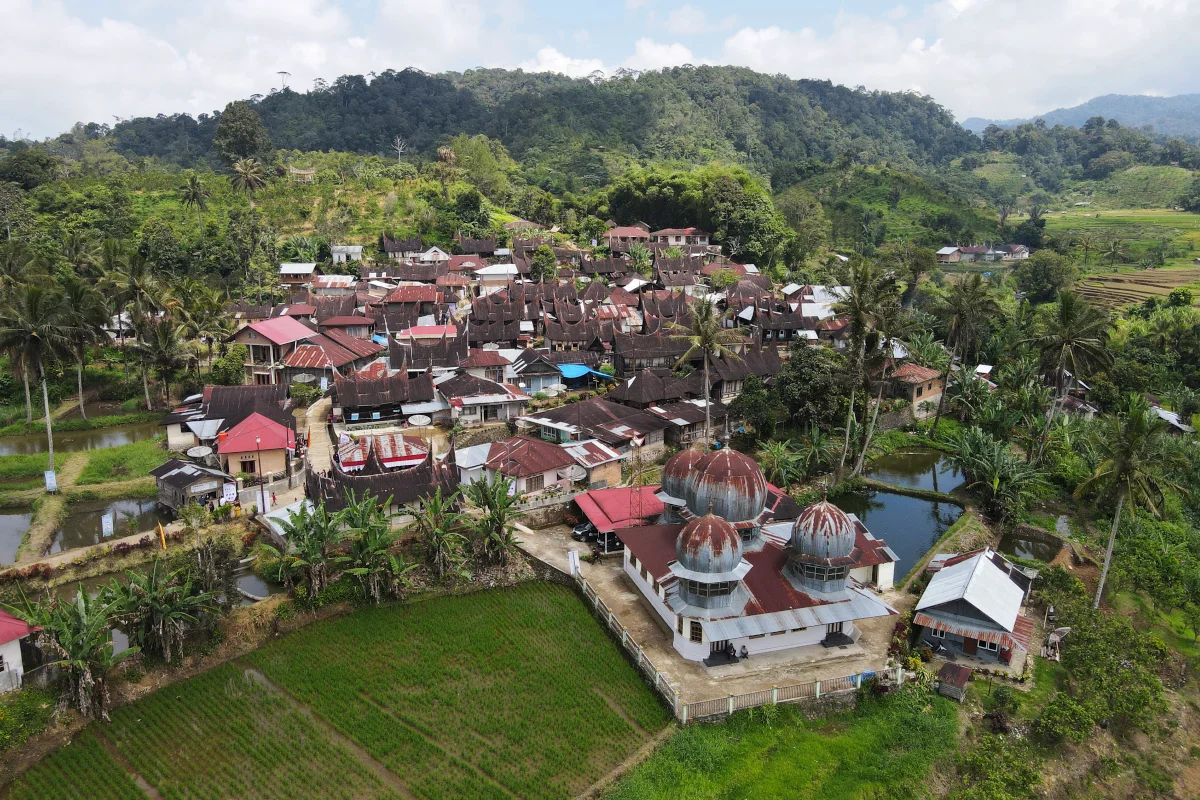History of the Burning of Tongkang Tradition
This tradition originated in the early 19th century, when immigrants from the Tong'an District of Fujian, Southern China, fled prolonged unrest. Led by Ang Mie Kui, they sailed in three traditional tongkangs.
After a perilous journey, only one tongkang successfully reached Sumatra’s shores, arriving at what is now Bagansiapiapi, meaning “Land of Fireflies,” guided by the light of fireflies (siapi-api). The settlers burned the last tongkang as a symbol of their determination to stay and not return to their homeland.
Ritual Procession and Meaning
1. Time and Highlights
Held annually on the 16th day of the 5th month in the Chinese lunar calendar (Go Ge Cap Lak).
The central ritual involves burning a tongkang replica measuring 8.5 meters in length and 1.7 meters in width.
2. Ritual Steps
Blessing at the Temple: The tongkang is blessed at the Eng Hok King Temple.
Parade: The tongkang is paraded around the city, accompanied by cultural performances such as Barongsai and Hokkien songs.
3. Symbolism
The tongkang is filled with yellow prayer papers inscribed with wishes and hopes.
The burning smoke is believed to carry these prayers to the ancestors, symbolizing spiritual communication.
Meaning of the Direction of the Fallen Mast
A crucial moment in the ritual is observing the direction of the main mast’s fall, considered an omen for the community’s fortune:
Mast falls toward the sea: Indicates prosperity will come from the sea.
Mast falls toward the land: Indicates prosperity will come from the land.
Supporting Cultural Attractions
The festival also features captivating cultural performances, such as:
Tan Ki: A spiritual ritual where participants endure sharp objects piercing their bodies without harm, akin to the Tatung tradition in Singkawang.
This performance emphasizes the spiritual depth of the festival and draws the fascination of visitors.
Preserving Heritage and Attracting Tourism
The Burning of Tongkang is not merely a religious ritual but also a tribute to ancestors and a testament to the enduring Chinese cultural identity. It celebrates the ancestors’ courage, determination, and gratitude for their new lives in foreign lands.
As one of Riau’s most prominent cultural tourism events, the festival attracts thousands of visitors yearly, both local and international, solidifying Bagansiapiapi as a hub of Chinese culture in Indonesia. The event showcases the region’s rich cultural diversity and social harmony.
A Legacy for the Future
Preserved across generations, the Burning of Tongkang serves as a reminder of the importance of:
Honoring ancestral heritage.
Maintaining cultural identity.
Upholding unity in diversity.
This cherished tradition continues to enrich Indonesia’s cultural heritage while inspiring pride and unity among its people.




